In Kaikoura, New Zealand, a forest trail begins along a crystal-clear stream that feeds into the Pacific Ocean.
Are those dogs barking? Splash! What was that big, black creature that just swam by? Ten minutes into your hike, the mystery is revealed: hundreds of baby fur seals are having an unsupervised pool party. These pups are leaping, twirling, and diving into the freshwater pool fed by a raging waterfall.
Just as uplifting? Baby leatherback turtles hatching on the shores of Trinidad. Or a baby giraffe taking its first wobbly steps in Kenya. Or an alligator emerging from its shell in Louisiana.
For the animal lovers and wildlife photographers, spring and summer are the prime times to observe rambunctious youngsters and their fiercely protective mamas, whether out in nature or in a preserve. You can book a trip to cuddle a koala in Queensland, spot rare cave chicks in Cook Islands, or peek in on the world’s teeniest primates in Peru. Read on.
Giraffes, Kenya
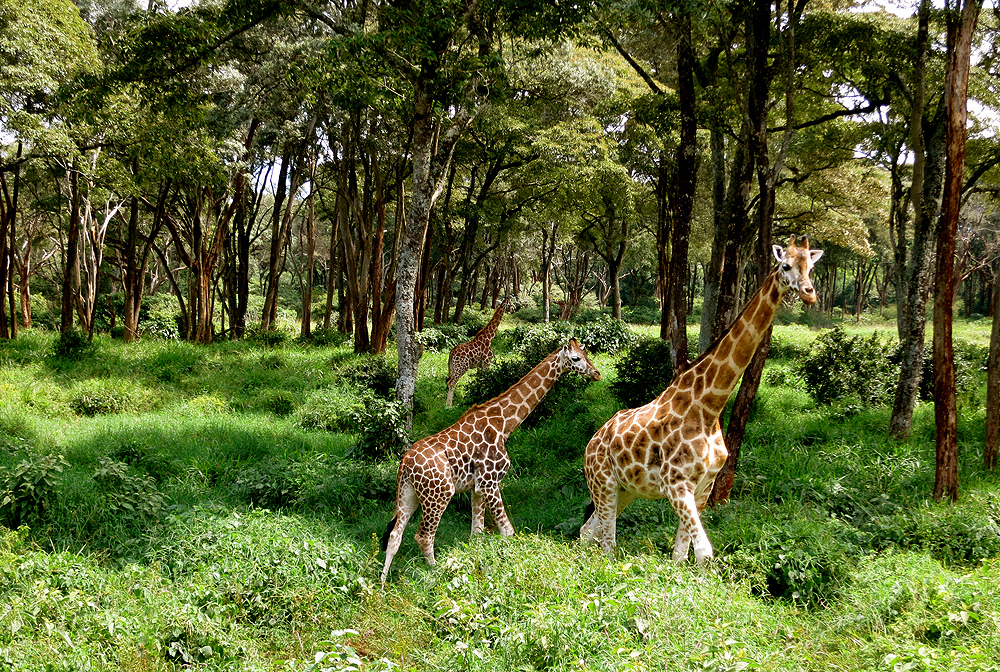
“I kissed a giraffe, and I think I liked it”—that could be the theme song of the Giraffe Centre, a conservation center on the outskirts of Nairobi that breeds and protects endangered Rothschild’s giraffe subspecies. From the viewing platform, put a pellet between your lips, lean out, and smooch. One of the giraffes from the tower roaming the 120-acre refuge will gently lick your face to retrieve the snack. Want more quality time with mothers and baby giraffes? Stay at nearby Giraffe Manor, where you can feed them from the dining room or your room’s window.
Leatherback Turtle Hatchlings, Trinidad and Tobago
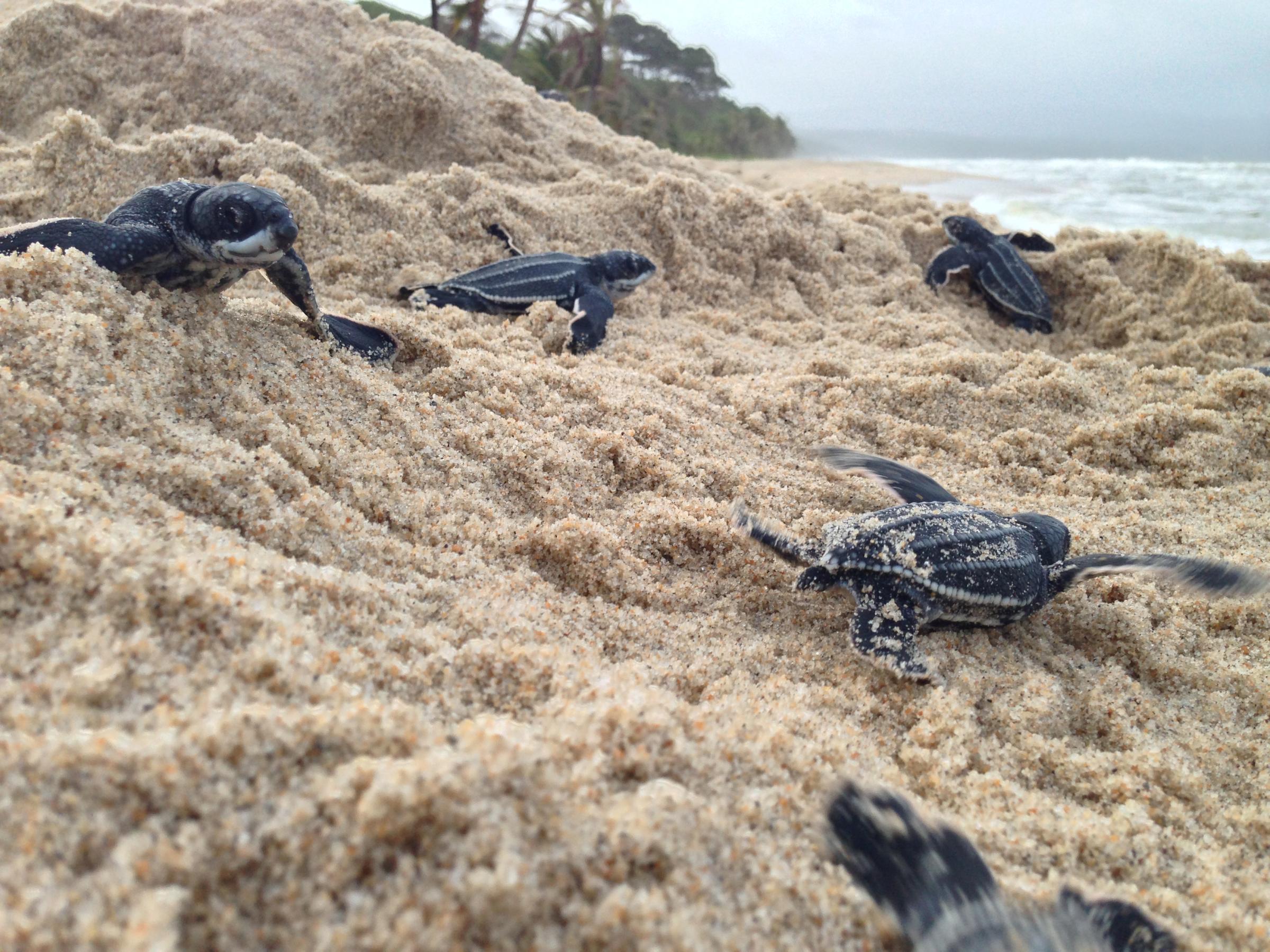
Leatherbacks are the world’s largest turtle, weighing up to 1,000 pounds and reaching eight feet long, and they’re also the oldest species of their kind, outliving dinosaurs. From March to August, approximately 6,000 leatherbacks journey to the shores of Trinidad and Tobago to nest. You can spot them along Matura, Manzanilla, and Grand Riviere beaches in Trinidad and Turtle Beach and Englishman’s Bay in Tobago (although contact the Forestry Division first for a permit). Or enlist a guide from conservation groups and eco-tour operators like Save Our Sea Turtles and Nature Seekers. Lucky visitors get to witness a birth, or see the one-inch hatchlings scramble into the ocean.
Polar Bear Cubs, Canada
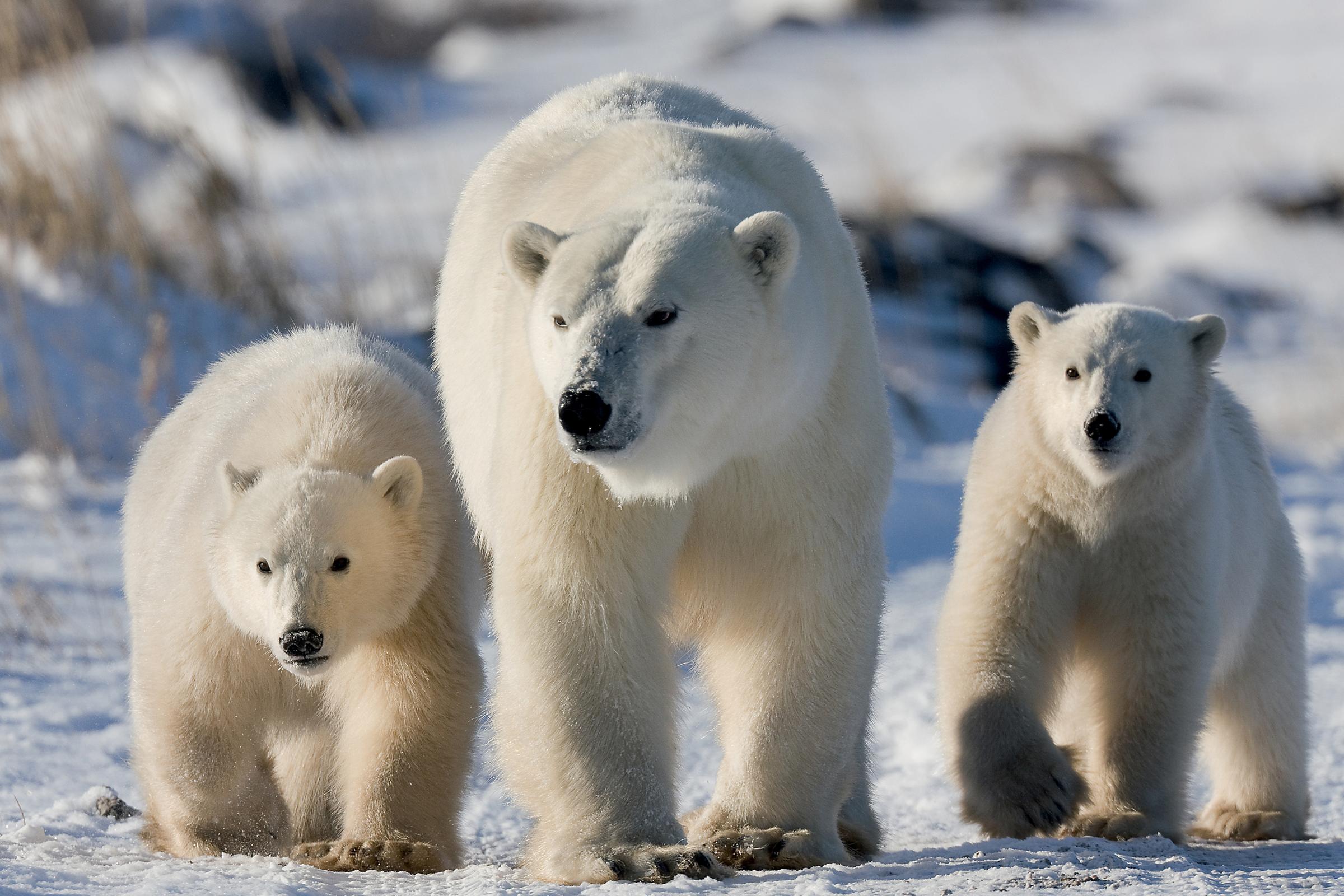
Six hundred miles south of the Arctic Circle, the Churchill region of Manitoba is by far the most accessible place to spot polar bears. They gather along the headlands overlooking Hudson Bay each fall in anticipation of the water icing over—though that wait is getting longer, as the local climate warms. Churchill Wild offers a weeklong “Mothers & Cubs” safari at its Nanuk Polar Bear Lodge, overlooking Hudson Bay. Sightings are never guaranteed, but there have been years in which they’ve had a 100 percent success rate.
Fur Seals, New Zealand
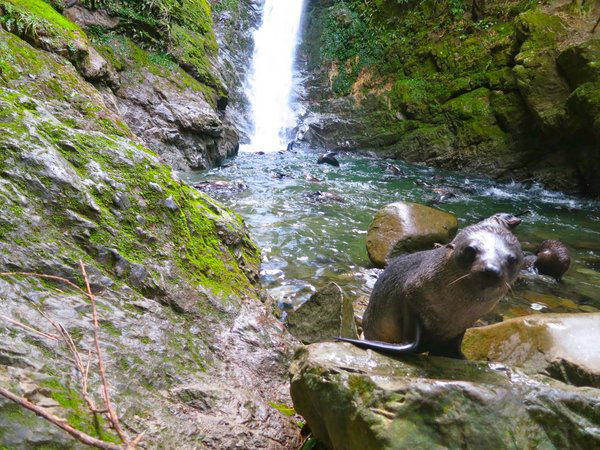
From April to October, hundreds of native fur pups clamber upstream (yes, they really hike up rocks) to play in a freshwater pool fed by a raging waterfall. It’s like a seal daycare, as they happily splish-splash around while waiting for their mothers to return with dinner. The seals are used to being around humans and may even come right up and stick their nose on your camera lens. Take the easy 10-minute Ohau Stream trail located off the South Island’s Highway 1 to witness this natural marvel. It’s free, with no security and no guardrails.
Pygmy Marmosets, Peru
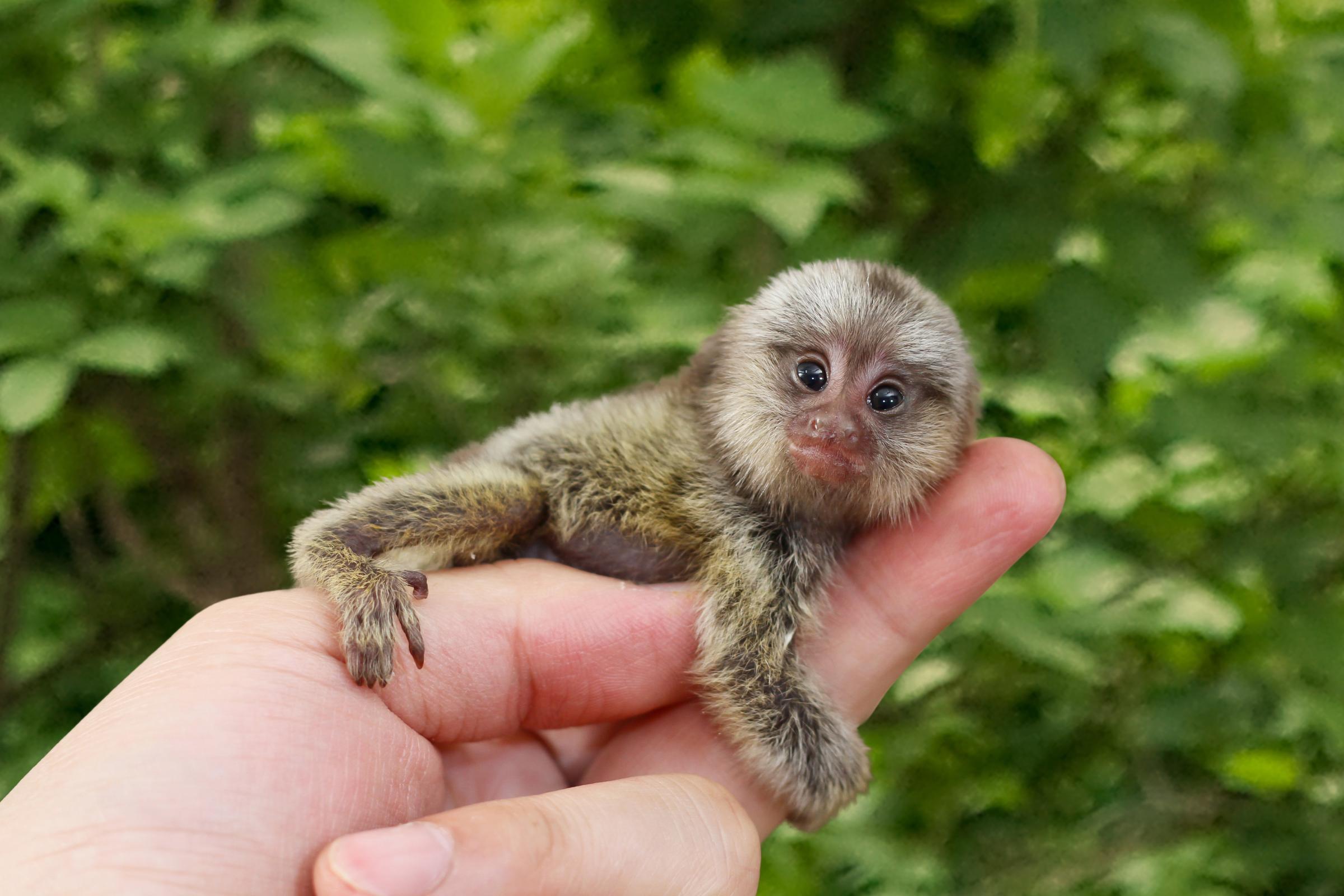
Peru’s Cocha Salvador Lake is the place to witness the teeniest primates on the planet. Pygmy monkeys have babies so little (newborns weigh about half an ounce) that two can cling to a human’s finger. Founder Josh Cohen of Wild Planet Adventures recommends visiting during peak birthing seasons: May and June or November through January. Guides are specially trained to locate troops among the quassia trees and even have a special call to draw them out.
Baby Bottlenose Dolphins, Fort Myers, Fla.
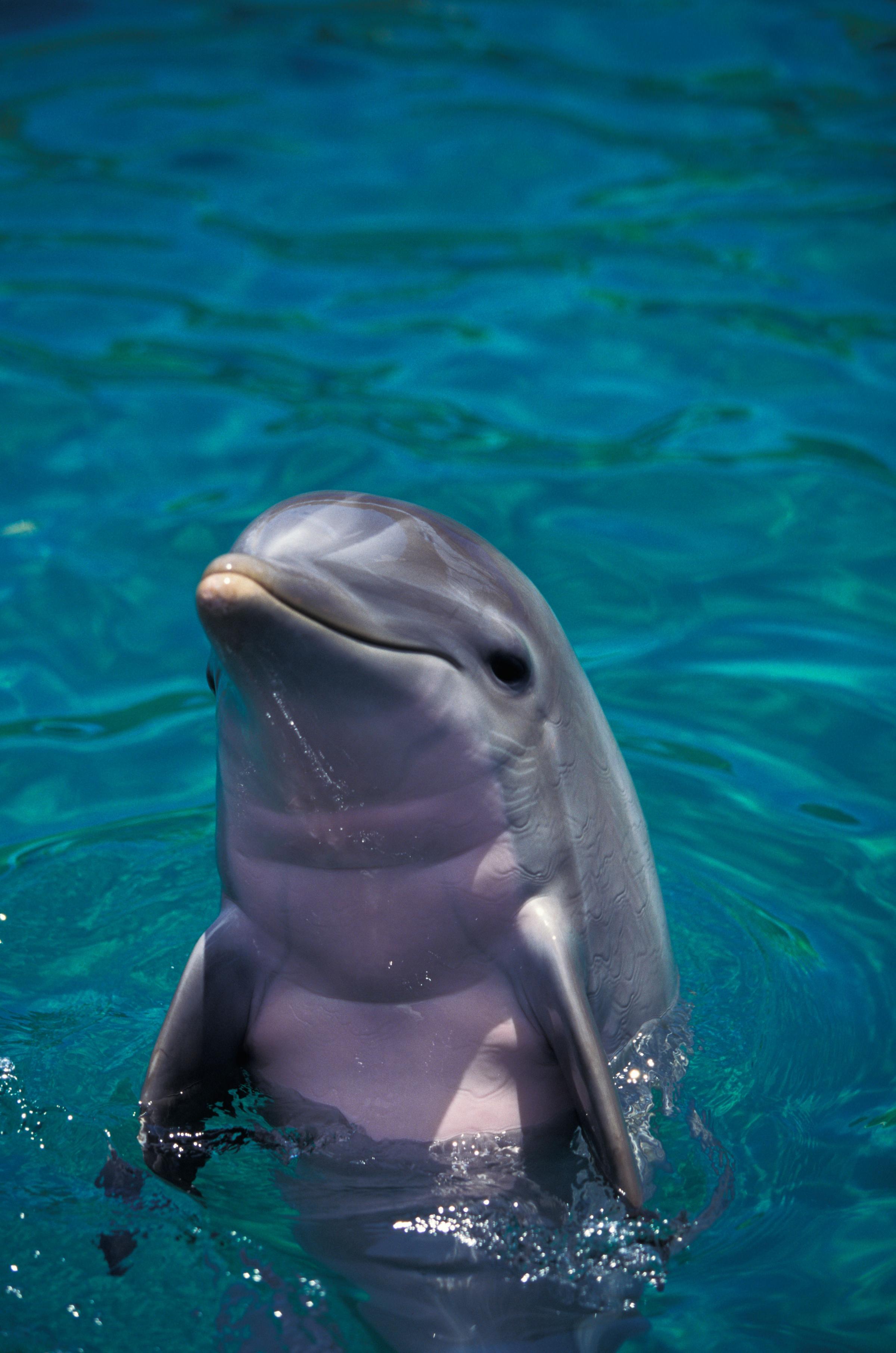
One of the world’s largest Atlantic bottlenose dolphin populations clusters just off the shores of Fort Myers. Spot calves in the spring, playfully leaping and twirling in the waters within their family pods. Take a dolphin cruise with Adventure in Paradise, or for an up-close encounter, go kayaking with Good Time Charters. Dolphin calves are very curious and often swim near the kayaks to say hello.
Orangutans, Malaysia
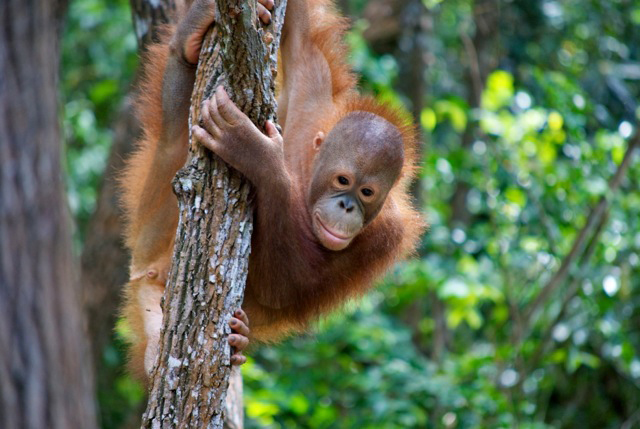
Shangri-La’s Rasa Ria Resort, in collaboration with the Sabah Wildlife Department, has devoted 64 acres to the care of orphaned baby orangutans—an endangered species found only on the islands of Borneo and Sumatra. Twice a day, they come out to play and snack on fresh fruit. Watch from a platform amid the jungle as they leap overhead, swing on obstacle courses, and monkey around with the caretaker.
Eaglets, Haines, Alaska
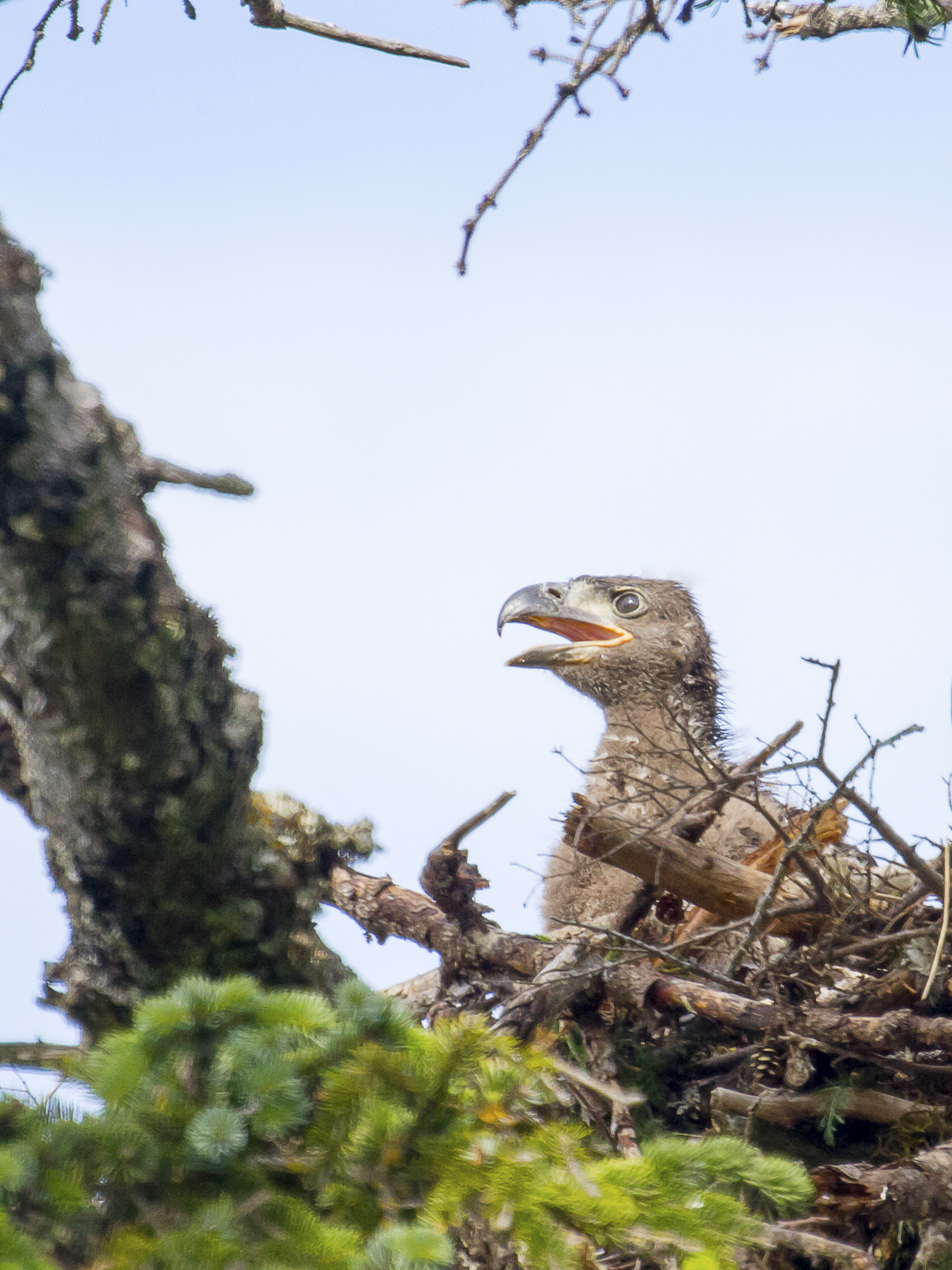
With up to 400 full-time feathery residents, the Alaska Chilkat Bald Eagle Preserve has the world’s largest concentration of bald eagles. You can spot eaglets in early May or late June during hatching season or during September’s fledgling season (when they begin to try out their wings and fly). The preserve is free and open to the public; head to the Chilkat River between mile markers 18 and 24 on Haines Highway to see America’s emblematic bird. If you prefer a guide, choose from offerings that include Chilkat Guide’s rafting trip and Alaska Nature Tour’s “Valley of the Eagle” walking excursion.
Joeys, Australia
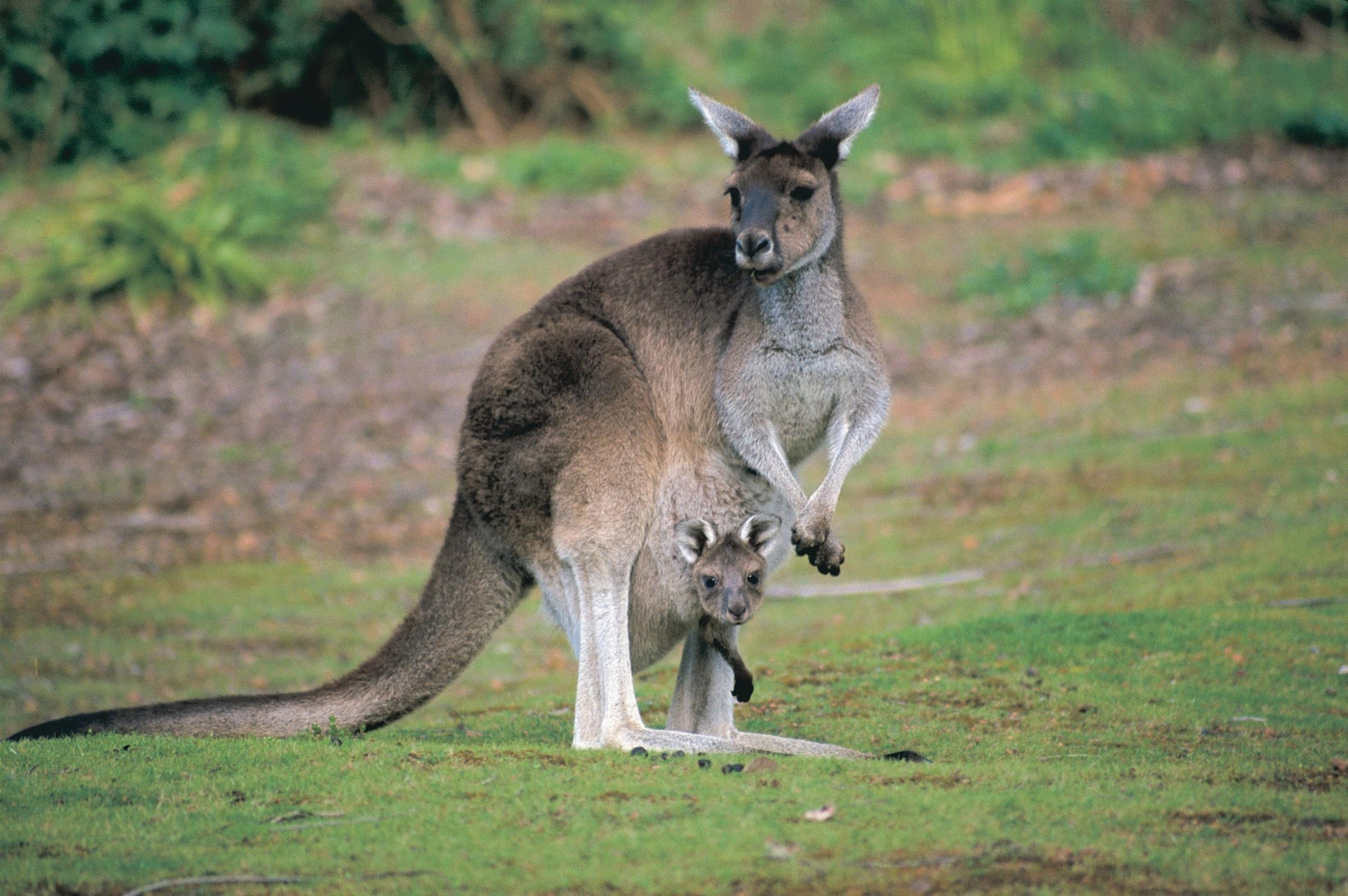
As the locals say, Lucky Bay is so beautiful (with its white sands and turquoise waters) that even the kangaroos love it. Their adorable offspring, a.k.a. joeys, can be spotted year round, but opportunities are best during summer—November through January—when they come to drink from a nearby fresh spring in early morning or late afternoon.
Kodiak Brown Bear Cubs, Kodiak, Alaska
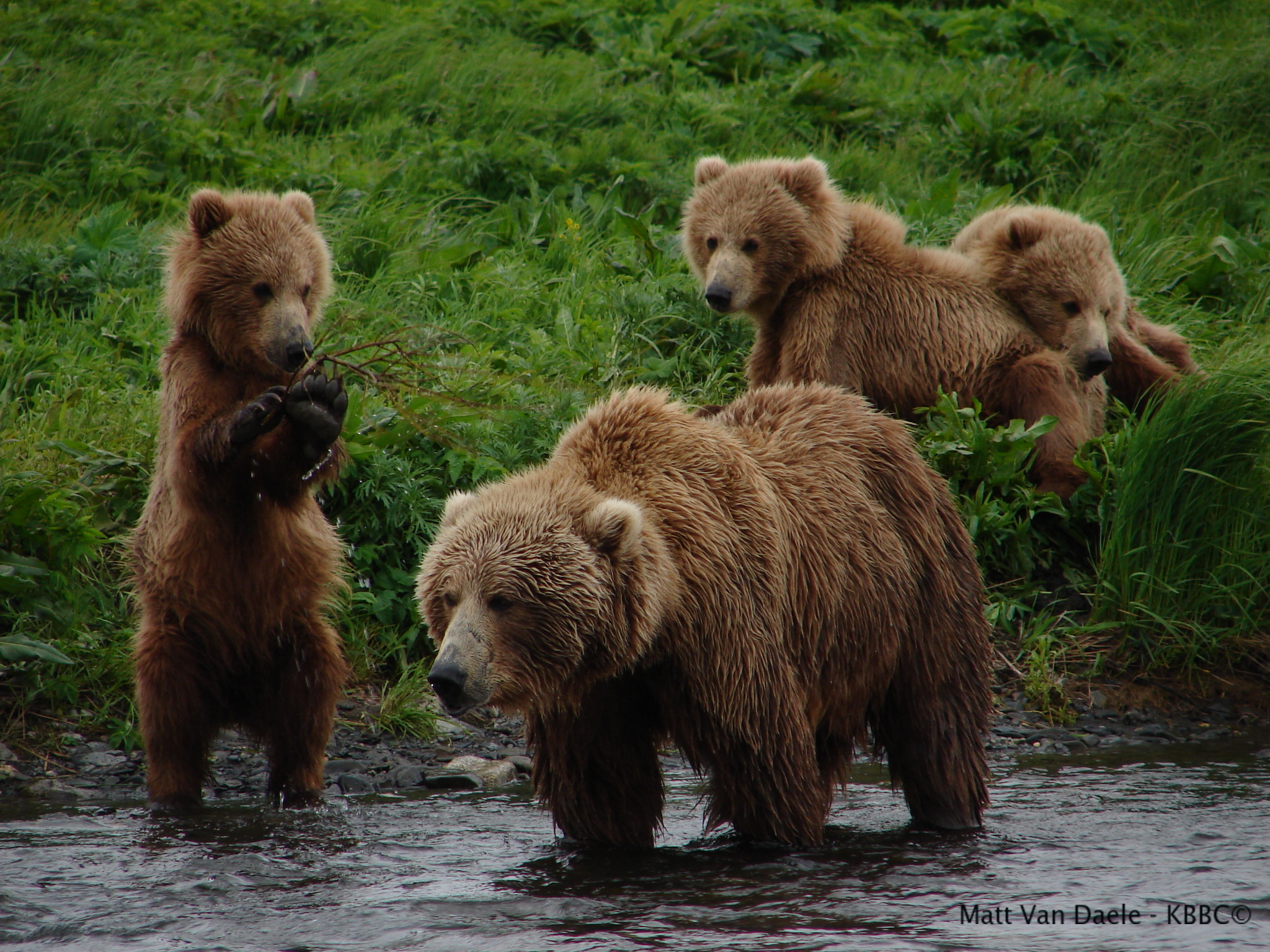
With roughly 3,500 Kodiak brown bears (a grizzly subspecies) in the area, the odds of spotting a furry youngster here are in your favor. Especially in August, according to Edward Ward, general manager of the Kodiak Brown Bear Center. That’s when the cubs are “acting just like toddlers” and getting swatted around by their protective mothers. The Brown Bear Center on Karluk Lake in the Kodiak National Wildlife Refuge offers the island’s only overnight viewing tour, along with accommodations.
Read the full list here. This article originally appeared on Travel + Leisure
More from Travel + Leisure:
More Must-Reads from TIME
- Donald Trump Is TIME's 2024 Person of the Year
- TIME’s Top 10 Photos of 2024
- Why Gen Z Is Drinking Less
- The Best Movies About Cooking
- Why Is Anxiety Worse at Night?
- A Head-to-Toe Guide to Treating Dry Skin
- Why Street Cats Are Taking Over Urban Neighborhoods
- Column: Jimmy Carter’s Global Legacy Was Moral Clarity
Contact us at letters@time.com